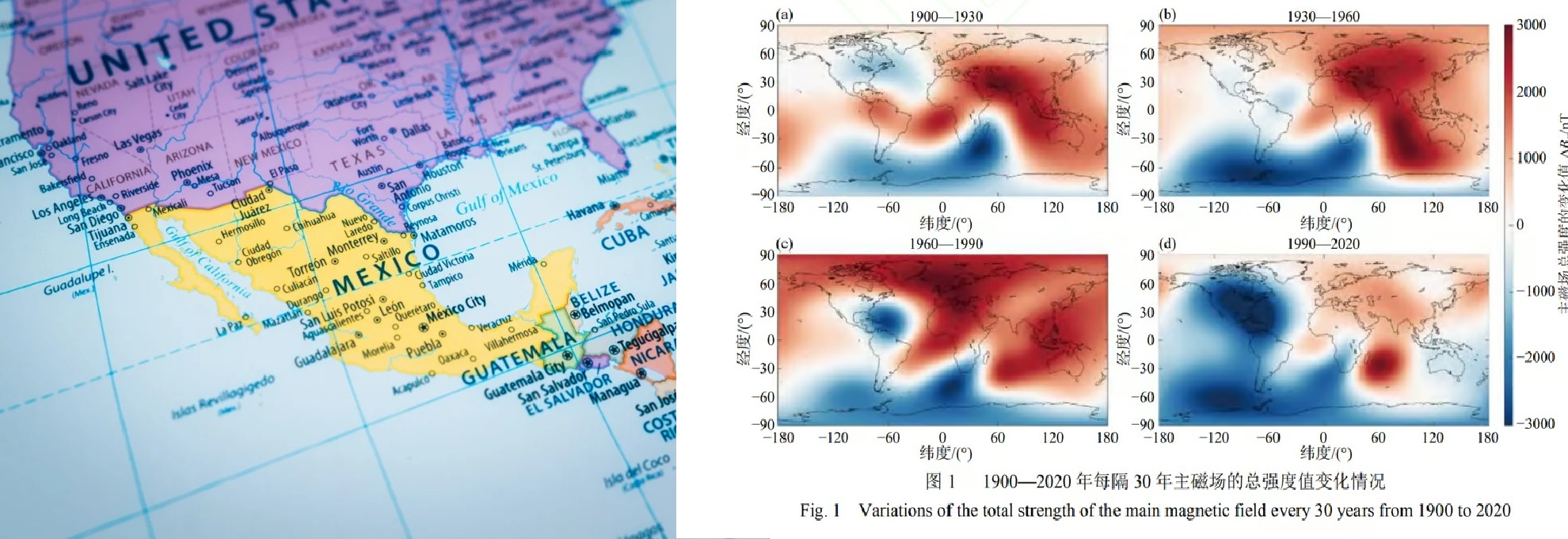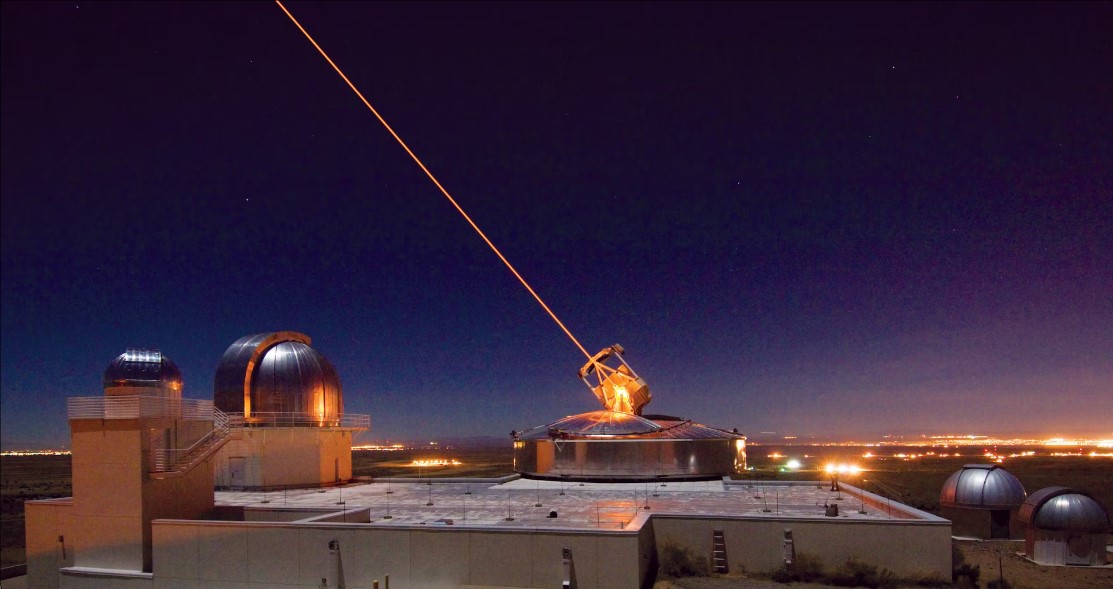Rapidly Weakening Magnetic Shield Over North America: New Study Uncovers Accelerated Decline and Global Shifts

Scientists have discovered an unusual and concerning trend in the Earth’s magnetic field, one that has significant implications not just for scientific understanding but also for environmental stability and possibly even global climate patterns. A recent study by Chinese military researchers has revealed that the magnetic field over North America is weakening at an exceptionally fast rate, while, in contrast, the magnetic field over the eastern hemisphere, including regions such as China, is strengthening. The changes have prompted researchers to closely examine the implications for global stability and potential impacts on human civilization.
The Earth's magnetic field plays an essential role in shielding life from cosmic radiation. Acting like a massive protective barrier, this field deflects harmful cosmic rays that could otherwise reach the Earth’s surface and cause severe disruptions to both biological life and technological systems. The recent changes, however, signal a major shift in magnetic field strength across different regions, leading to questions about potential impacts.
One of the primary reasons behind this shifting magnetic strength appears to be the movement of the Earth’s geomagnetic poles. Over the past century, the north magnetic pole has been slowly drifting eastward at around 10 kilometers per year. But this movement has seen a sudden acceleration in recent decades. Since 2000, the pole's speed has increased to over 50 kilometers per year, vastly outpacing the southern magnetic pole's rate. This drift is likely contributing to the differences in magnetic field strength between the hemispheres, though scientists are still analyzing precisely why these changes are occurring and what they might mean for the future.
This weakening magnetic field in North America is particularly remarkable when compared to historical data. In their study, led by Professor Fang Hanxian at China’s National University of Defence Technology, researchers reconstructed global magnetic field changes since 1900. They observed that North America experienced a period of higher-than-average magnetic field strength between 1930 and 1990. But in the past 30 years, this trend has reversed sharply, with North American magnetic strength dropping to levels barely above the global average. The rapidity of this change is significant; it suggests that what might once have been a gradual process is now accelerating.
Fang’s team employed state-of-the-art modeling techniques and detailed data analysis to track these magnetic anomalies, using color-coded mapping to illustrate strengthening (red) and weakening (blue) zones. Their findings highlight areas of pronounced weakening, especially across North America and portions of the South Atlantic, the latter of which has already been under intense scrutiny by NASA and other space agencies. Known as the South Atlantic Anomaly, this region is the weakest point of the Earth’s magnetic shield and poses risks for satellite and spacecraft operations due to heightened radiation exposure.
Interestingly, shifts in magnetic field strength have been linked in the past to significant environmental and societal changes. For instance, a 2018 study by the National Autonomous University of Mexico linked the collapse of the Maya civilization to prolonged periods of weak geomagnetic field strength. Another study from the Paris Institute of Planetary Physics in 2006 suggested that sudden magnetic fluctuations may have contributed to the downfall of ancient civilizations in Iran and Syria roughly 4,000 years ago. Although these historical cases are not directly comparable, they underscore how important a stable magnetic field may be for long-term environmental stability and the resilience of civilizations.
The weakening field in North America has potential military implications as well. For many defense systems, the Earth’s magnetic field serves as a critical navigational aid, enabling ultra-long-distance communication, radar detection, and even guidance systems for certain missiles. Military spacecraft and satellites rely on the field to protect against damage from solar storms, which could otherwise interfere with communication, navigation, and surveillance operations. A weakening magnetic shield could make North American assets more vulnerable to these disruptions.
There are also environmental considerations. A reduced magnetic field may increase Earth’s exposure to cosmic rays, potentially impacting the atmospheric system in ways that could increase extreme weather events. Some researchers suggest that cosmic rays can influence cloud formation, potentially heightening the severity of droughts, hurricanes, or other extreme weather conditions.
As of October 2024, Fang’s team published their findings in the *Review of Geophysics and Planetary Physics*, a prominent Chinese academic journal, emphasizing that global magnetic field anomalies are neither new nor isolated phenomena. They pointed out that regions across Eurasia, Africa, Australia, and the North Atlantic are experiencing growth in magnetic field strength, with Africa seeing the fastest rise.
Researchers around the world are closely monitoring these shifts and their implications, but the precise future impacts remain uncertain. With magnetic anomalies and pole movements occurring at a quicker pace, it’s possible that we are witnessing the beginning of a larger-scale geomagnetic shift—a phenomenon that has occurred in the distant past but one that, if fully realized, would have unprecedented consequences for the modern world.



